In the world of high fashion, the traditional runway show has long been a cornerstone event, but emerging brands and designers often find the costs prohibitively high. As the landscape of the industry evolves, we see a surge in innovative and low-cost alternatives that democratize fashion showcasing. Utilizing digital platforms and social media, designers can now reach a global audience without the hefty price tag of a physical show. Such cost-effective methods not only expand access to emerging talent but also align well with the increasing consumer demand for sustainability in the fashion industry, addressing both economic and environmental concerns.
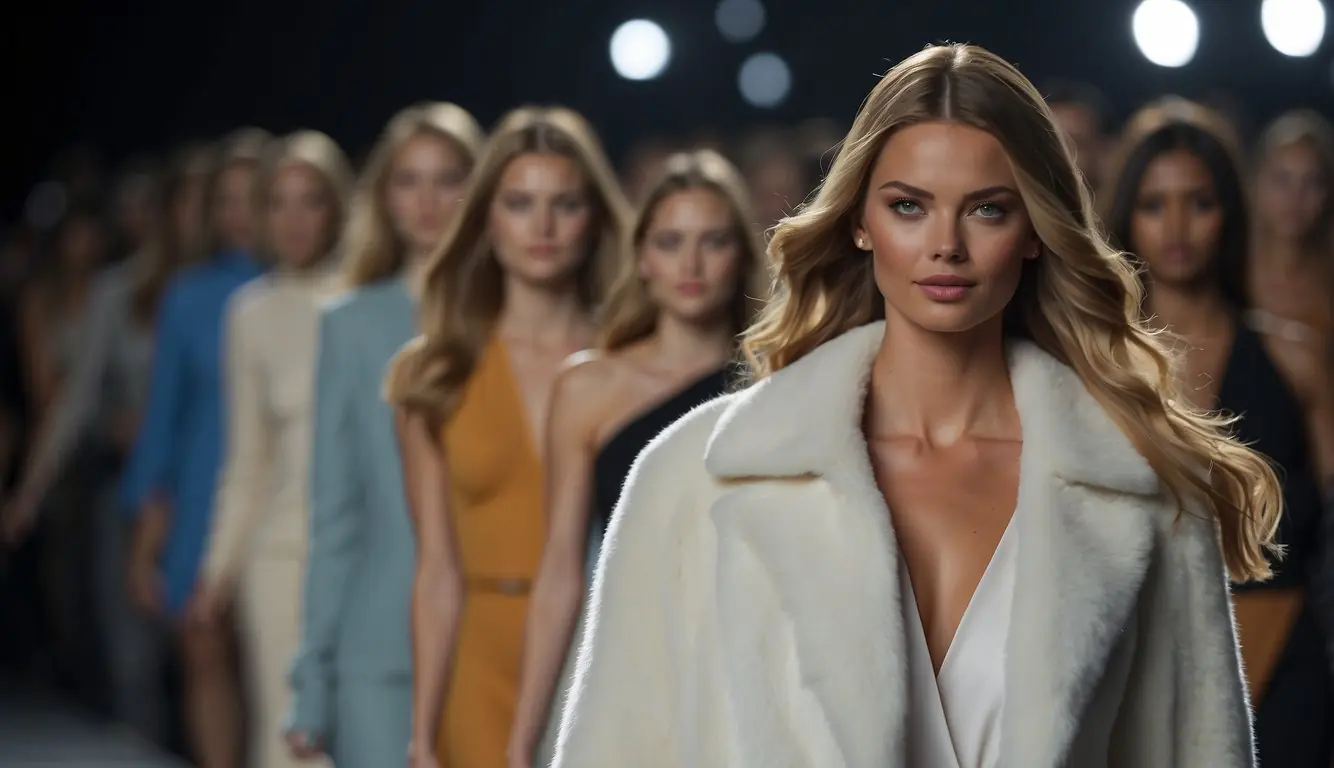
Beyond digital realms, pop-up shows, and collaborative events offer local and intimate experiences for both designers and consumers. This grassroots approach to fashion shows helps in building community engagement and consumer-brand relationships that are more personal. We understand the importance of these alternatives as they not only reduce financial barriers for designers but also contribute to ethical fashion by promoting slower production cycles and conscientious consumer behavior. These alternatives are crucial to fostering a fashion industry that values people, the planet, and profit equally.
Low Cost Alternatives to Fashion Shows
Key Takeaways
- Digital platforms offer affordable, global reach for designers.
- Pop-up events enhance community engagement and create personal brand experiences.
- Alternative showcasing methods support sustainable and ethical practices in the fashion industry.
The Rise of Fast Fashion
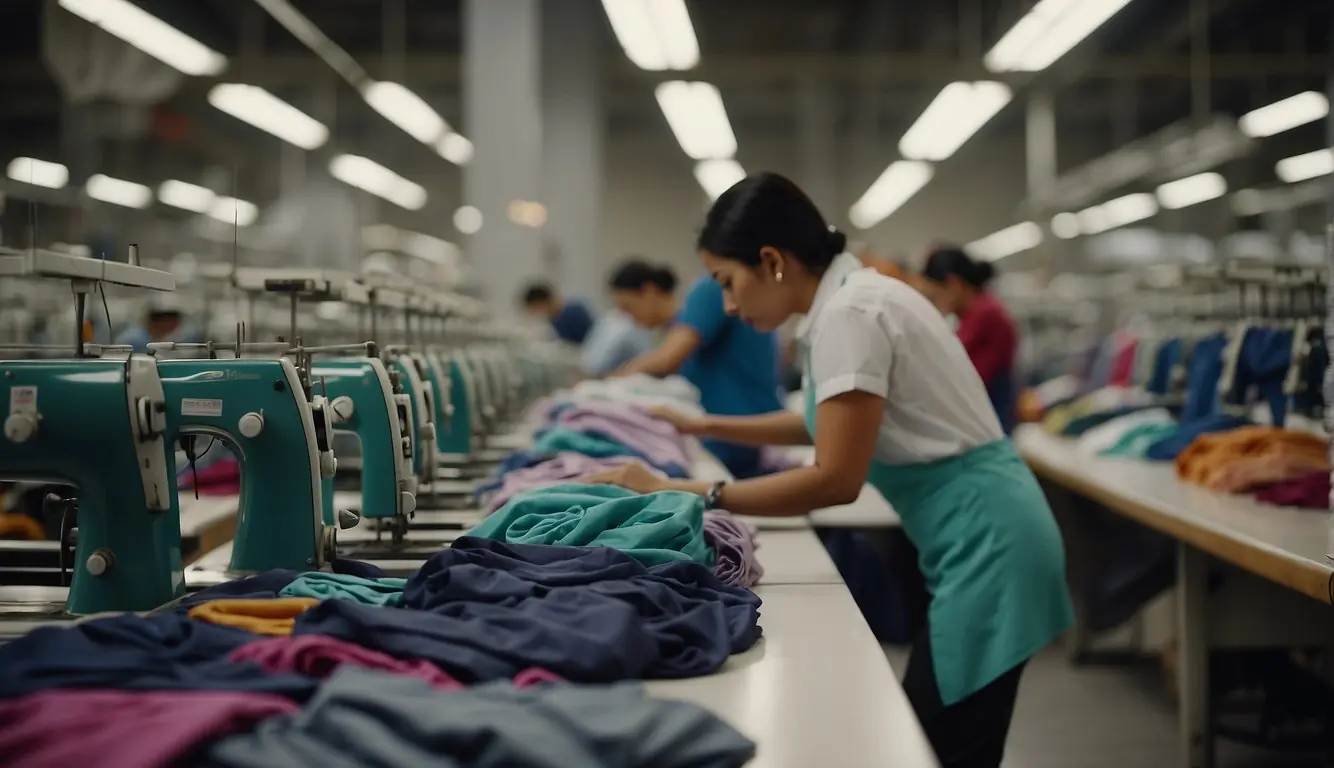
Fast fashion has revolutionized the fashion industry by making trendy clothing accessible at an affordable price. With its focus on rapid production and turnover, it has significantly impacted both consumers and the supply chain.
Understanding Fast Fashion
Fast fashion is characterized by rapid design, production, and marketing of clothing. Brands like H&M and Zara have led the trend, enabling consumers to buy fashionable items inspired by runway shows or celebrity styles almost instantaneously. This business model hinges on continuous consumption, with new trends emerging almost weekly. Social media plays a crucial role in driving these trends, with influencers and fast fashion campaigns encouraging a constant appetite for the latest styles.
Impact on Retailers and Manufacturers
Manufacturers have had to adapt to the fast fashion model by compressing production cycles. This often requires a strategic geographic setup close to key markets to ensure quick turnaround times. Retailers, on the other hand, face the challenge of keeping up with the demand while maintaining low inventory levels. The sheer speed and volume of fast fashion put pressure on retailers to sell merchandise quickly and make room for the next wave of styles. Fast fashion brands successfully exploit this retail model, thereby changing the dynamics of the entire fashion industry.
As a result, traditional fashion retailers have had to reassess their strategies to compete with the ever-evolving landscape shaped by fast fashion titans.
Environmental Concerns
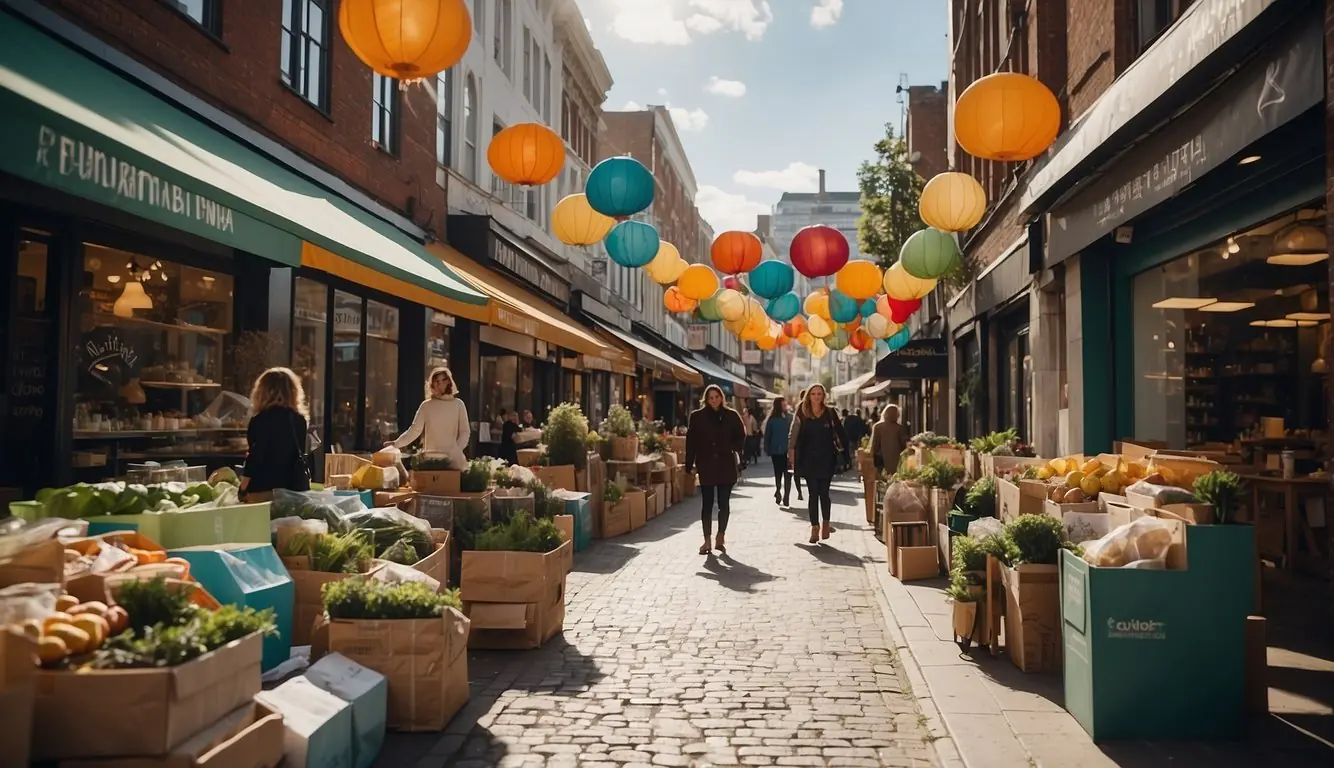
In addressing the environmental footprint of fashion events, we must look at the pivotal role of fast fashion in contributing to pollution, and explore actionable strategies for reducing carbon emissions.
The Role of Fast Fashion in Pollution
Fast fashion is renowned for its affordability and rapid production cycle, which regrettably also leads to substantial environmental degradation. Our industries produce a considerable amount of waste, and oftentimes the materials used are not suitable for recycling, which further exacerbates the problem. The production processes involved in fast fashion contribute significantly to global carbon emissions, and the environmental impact is compounded by the disposability of fast fashion items, which are frequently discarded after a few uses.
Strategies for Reducing Carbon Emissions
To mitigate the carbon emissions associated with fashion shows, we’ve seen a trend toward digital showcases and other sustainable initiatives. We understand that while changes in how shows are conducted can slightly lower carbon outputs, the real change requires a systemic shift toward greenwashing acknowledgment and genuine sustainability practices. Brands are encouraged to offset emissions by investing in sustainability, yet some argue this can detract from addressing the root problem posed by overproduction and conspicuous consumption. To truly tackle the issues at hand, we must emphasize substantial reductions in the industry’s carbon footprint and foster a culture that prioritizes quality over quantity, aligning with the broader goal of tackling climate change.
Sustainable Fashion
Embracing sustainable fashion is a celebrated approach to minimizing the environmental impact of our clothing choices. It calls for using eco-friendly materials and practicing ethical production methods.
Principles of Sustainable Fashion
Sustainable fashion operates on several core principles designed to reduce the harm apparel production and waste may cause to the environment. These principles include the use of organic cotton, a pivot from fast fashion to slow fashion, and promoting recycled fabrics. Our goal is to create garments with a smaller ecological footprint, from sourcing materials to the manufacturing processes. We focus on using eco-friendly materials not only for their lower environmental impact but also for their potential health benefits to consumers.
A key tenet is ethical fashion, ensuring fair wages and safe working conditions across our supply chain. This intersects with the concept of fair trade, where equitable trade practices support producers in developing countries. In line with this, we consider the entire lifecycle of a product, advocating for high-quality, longer-lasting clothing over disposable fashion.
Leading Sustainable Brands and Initiatives
Several sustainable brands stand out for their commitment to the values of ethical and sustainable fashion. For instance, Pact prides itself on a range of essentials made from GOTS-certified organic cotton and produced in Fair Trade Certified factories. This resonates with the principles of ethical production and high-quality, sustainable products.
Another pioneer in this field is People Tree, recognized for combining fair trade and sustainable materials to produce fashionable, eco-conscious garments. Efforts to propel the sustainable apparel market also come from platforms such as Good On You, which rates fashion labels on their ethical and environmental practices, guiding consumers towards sustainable fashion brands.
We are witnessing a significant shift in the apparel industry as more brands commit to sustainable practices by intently focusing on ethical, durable, and eco-friendly materials.
Consumer Behavior
Our exploration of consumer behavior regarding low-cost alternatives to fashion shows uncovers substantial shifts driven by generational trends and social platforms.
The Influence of Generational Trends
Gen Z consumers are increasingly inclined towards secondhand fashion as a budget-friendly and sustainable alternative. Their shopping habits often reflect a keen awareness of fashion trends, yet with an eye on environmental and ethical implications. Fashion hauls, a phenomenon where shoppers present bulk purchases, often leverage the allure of vintage finds to showcase uniqueness and value for money.
The Role of Social Platforms in Fashion
Social media platforms like Instagram, TikTok, and YouTube have become the digital runways, where celebrities and influencers display the latest styles. These platforms are critical in dictating what’s in vogue, making them powerful tools for consumers seeking low-cost fashion alternatives. For example, through Instagram, users can encounter new styles, while TikTok videos often spark micro-trends that lead to rapid shifts in consumer demands.
Economic Aspects of Fashion
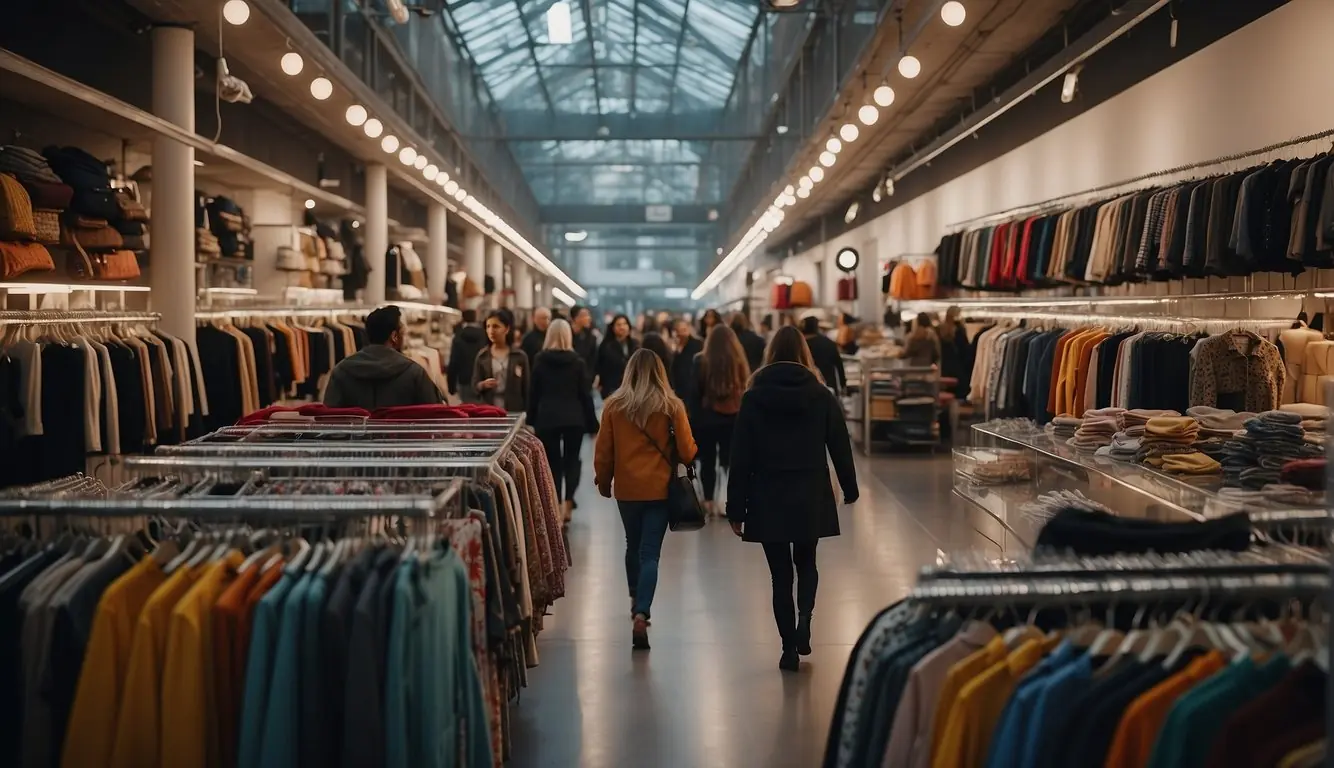
In the fashion industry, it’s fundamental that we balance expenditure and returns while catering to consumer demands. We also need to consider the implications of production speed and cost on quality and durability.
Balancing Affordability with Quality
When we talk about affordability, we’re referring to the delicate equilibrium between price and the durability of clothing items. Our budget-conscious customers often seek low-priced options that don’t sacrifice quality. It’s crucial that we address this need without resorting to planned obsolescence, which can compromise customer trust and long-term brand reputation.
The Economics of Fast Fashion Brands
Fast fashion companies have mastered the art of offering trends at rock-bottom prices. However, these affordable price points often come at the cost of durability and ethical production. While the model is undoubtedly profitable, it raises concerns over its environmental and social impact. We strive for economic sustainability by providing options that maintain affordability without contributing to the rapid cycle of fashion waste.
Ethics and Labor in Fashion

In this section, we’ll examine the crucial aspects of fair labor practices and the impact of offshore production as they pertain to the fashion industry. It’s imperative for us as stakeholders to consider the ethical consequences of our choices within these areas.
Exploring Fair Labor Practices
When we talk about fair labor practices, we are referring to the ethical treatment of workers in the fashion industry, who often face challenging working conditions. It’s essential for us to prioritize the well-being of these individuals by promoting a living wage and ensuring safety in their working environments. The fast fashion industry’s demand often leads to the exploitation of labor. However, ethical fashion aims to address these issues by implementing inclusivity and diversity in the workforce and maintaining fair labor conditions.
The Effect of Offshore Production
Offshore production frequently translates into reduced costs for the industry but it can come at the price of adequate labor standards and workers’ rights. We advocate for ethical offshore manufacturing that does not sacrifice the dignity or livelihood of the workers. It’s about balancing cost-efficiency with the moral obligation to provide humane conditions. The shift of clothing production to countries with lower labor costs needs careful ethical consideration to avoid unethical labor practices.
The Lifecycle of Clothing
In this section, we’ll explore the journey of clothing from its creation to its final disposal, focusing on the impact of consumption habits and the importance of sustainable practices in fashion.
From Design to Consumption
The inception of any article of clothing begins with design, where aesthetics and craftsmanship come together to conceptualize a piece. Crucial decisions are made during this phase, affecting not just appearance but also sustainability. With fast fashion driving the production of trendy, disposable fashion pieces, we witness a considerable acceleration in the fashion cycle. The sheer volume of clothing consumption has surged as consumers gravitate towards fresh styles at lower costs. This rapid turnover inevitably leads to an increase in clothing waste, as items are discarded to make room for new purchases.
Waste Management and Recycling Initiatives
As we confront the challenges of discarding clothing waste, recycling initiatives have become paramount to mitigate the environmental impact. Some manufacturers have begun to use recycled packaging, and organizations are finding innovative ways to repurpose textiles. Although the vast majority of disposed garments still end up in landfills, we’re seeing an emergence of more responsible waste management measures. Those within the industry are starting to acknowledge that long-term solutions need to prioritize the recycling of materials, striving to close the loop in the fashion system.
Industry Innovations
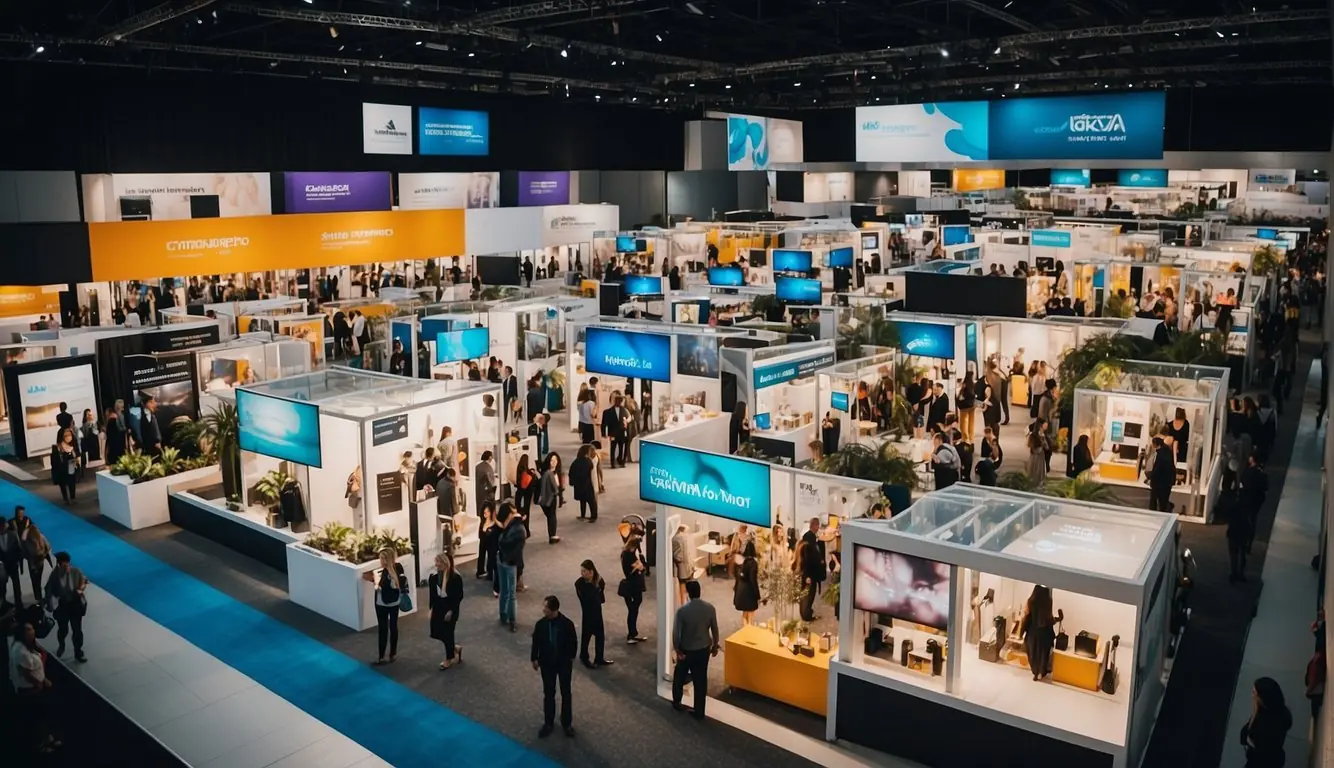
In the ever-evolving world of fashion, innovative solutions are reshaping how brands showcase their products without the steep costs associated with traditional fashion shows.
Adopting New Materials
We’re seeing a seismic shift in material usage, with sustainable brands prioritizing eco-friendly materials like organic cotton and recycled fabrics. These materials are not only better for the planet but also offer versatility across activewear, basics, swimwear, and accessories. Platforms like Depop have become hotspots for sustainably-conscious consumers seeking out fashion that aligns with their values. Adoption of pima cotton, praised for its superior softness and durability, further demonstrates the industry’s commitment to quality and sustainability.
Technological Advancements in Fashion
Our approach to fashion presentation is undergoing a digital transformation. Technological advancements are opening up new avenues for showcasing fashion, offering low-cost alternatives to traditional runways. For example, Amazon Fashion leverages advanced technologies to provide a seamless online shopping experience that mimics a personalized fashion show for each customer. Moreover, virtual reality and augmented reality are enabling consumers to try on clothing remotely, reducing the need for physical shows.
Marketing and Branding
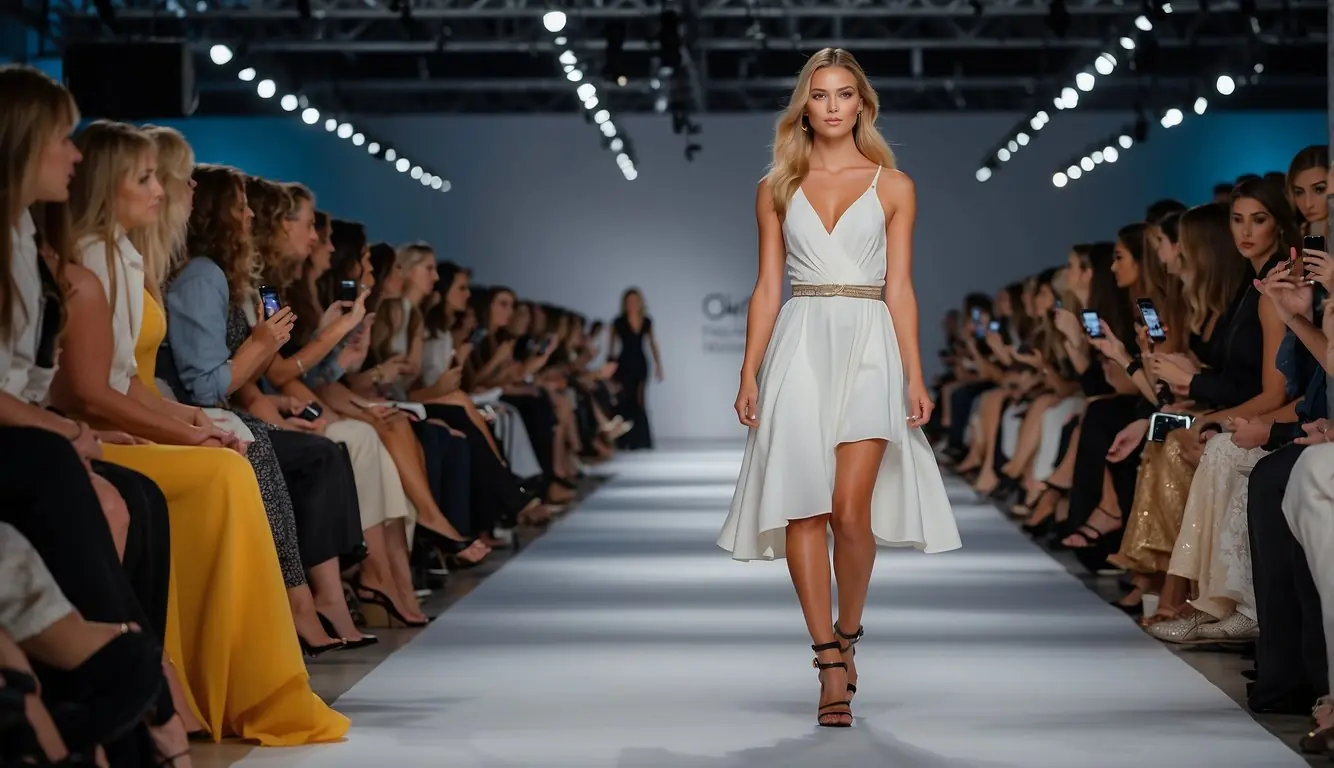
Innovative marketing and branding strategies are pivotal for the exposure and success of sustainable and ethical fashion brands. We focus on building a strong, eco-conscious brand image, while leveraging the influence of celebrities and social media to maximize reach.
Building an Eco-Conscious Brand Image
We understand the importance of sustainable fashion brands being true to their values. By openly communicating our ethical fashion practices, we avoid greenwashing and ensure our target audience knows our commitment to sustainability. It’s crucial for us to maintain transparency about where our materials come from and how our clothes are made, thereby bolstering eco-conscious consumer trust and loyalty. We collaborate with third-party verifiers to ensure that our green practices are certified and communicated clearly to avoid any misunderstanding.
The Powerful Impact of Celebrities and Influencers
Celebrities and influencers play a significant role in our marketing approach. We partner with personalities who share our branding vision and can authentically endorse our products. Through social media, these collaborations increase our visibility and give credence to our eco-friendly message. We create genuine content, from fashion hauls to day-in-the-life posts, that resonates with audiences and sparks conversations about sustainability in fashion. This approach not only enhances our brand presence but also educates and inspires our audience to make more ethical wardrobe choices.
Conclusion

We recognize the evolution of the fashion industry towards more budget-friendly and conscientious approaches. With advances in digital technology, designers now have creative low-cost alternatives to traditional fashion shows. Our exploration of virtual showcases and social media campaigns highlights these avenues as not only economically viable but also as tools for reaching a wider, global audience.
Adopting sustainable fashion practices is not just a trend, but a necessity. As we look towards the future, integrating ethical fashion philosophies demands prioritizing both the environmental impact and social responsibility. The shift from fast fashion to more sustainable methods is facilitated by these alternatives, which emphasize quality and longevity over quantity and brevity.
We must continue to embrace innovation in showcasing fashion, and the emerging avenues present exciting opportunities. Our commitment to ethical and sustainable narratives aligns with these new methods, ushering in an era where fashion is accessible, responsible, and forward-thinking. The future trends in the industry will likely be defined by these alternative approaches, which promise to advance the dual goals of cost-efficiency and eco-friendliness.
Frequently Asked Questions
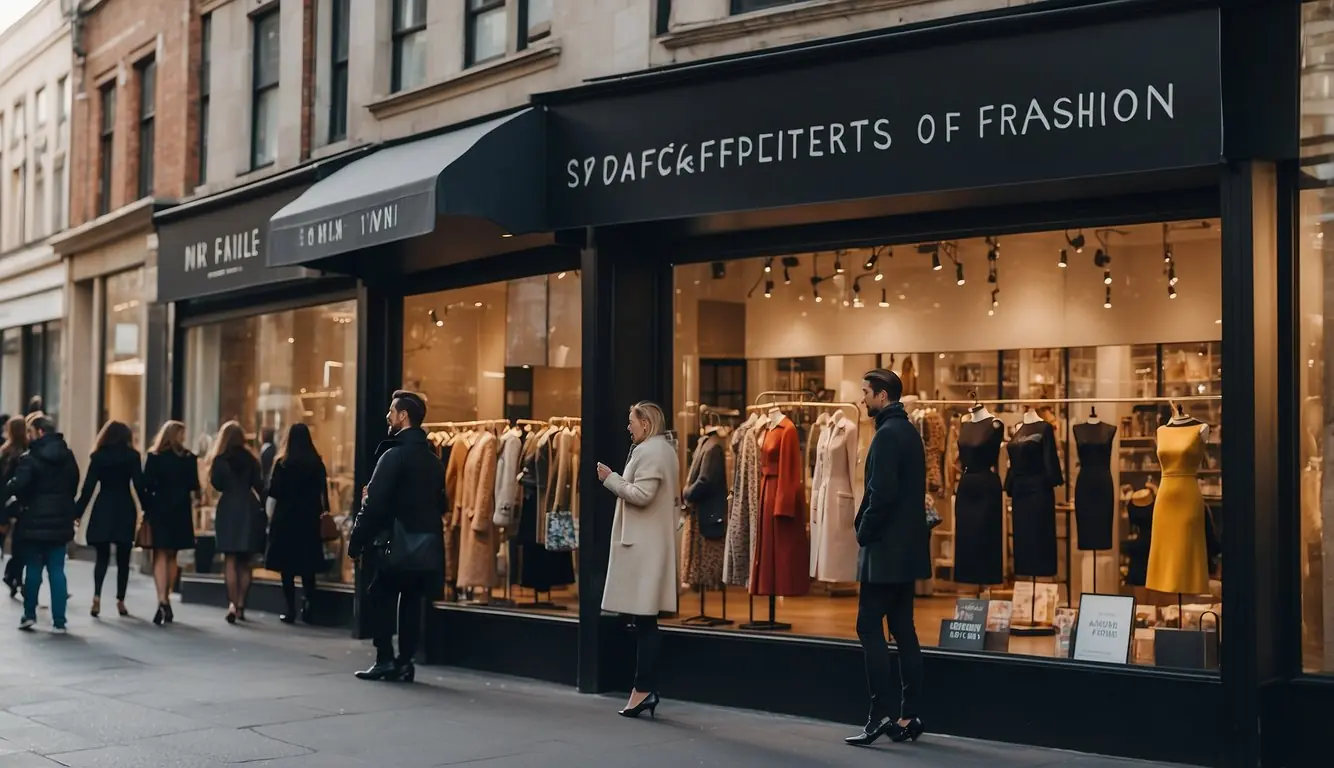
In the world of fashion, we often encounter challenges when it comes to showcasing new collections without breaking the bank. Below, we address some of the most common questions about cost-effective methods to present fashion lines.
What are some budget-friendly methods to showcase new fashion collections?
Static presentations are a cost-effective way to display new fashion lines faithfully. By focusing on around 12 to 20 outfits, designers can create a clear and focused exhibition of their work without the need for an expensive runway setup.
How can emerging designers display their work without a traditional runway show?
Emerging designers can harness the power of digital showcases and pop-up events to exhibit their collections. By incorporating live-streams or creating engaging content online, they can reach a broader audience while minimizing venue costs.
What are the most cost-effective strategies for fashion students to exhibit their designs?
Fashion students can collaborate to hold joint exhibitions and utilize their educational institutions’ resources, such as campus spaces or leveraging connections with industry professionals for sponsorships or partnerships.
In what ways can fashion brands leverage digital platforms as an alternative to physical shows?
Fashion brands can opt for online lookbooks, social media campaigns, and virtual reality experiences. These digital platforms offer a broad reach at a fraction of the cost of physical presentations.
What innovative approaches have successful young designers used to present their work with limited resources?
Some successful young designers have maximized exposure by aligning with social causes and creating viral marketing campaigns. They’ve also effectively used guerrilla marketing and street style photography to capture public interest.
How has the virtual presentation of fashion collections evolved in recent years?
Virtual presentations have grown sophisticated with the adoption of augmented and virtual reality technologies, providing immersive experiences for viewers. The industry has seen a shift, with an increasing number of PR and event professionals expressing interest in creating virtual experiences to showcase fashion collections.

